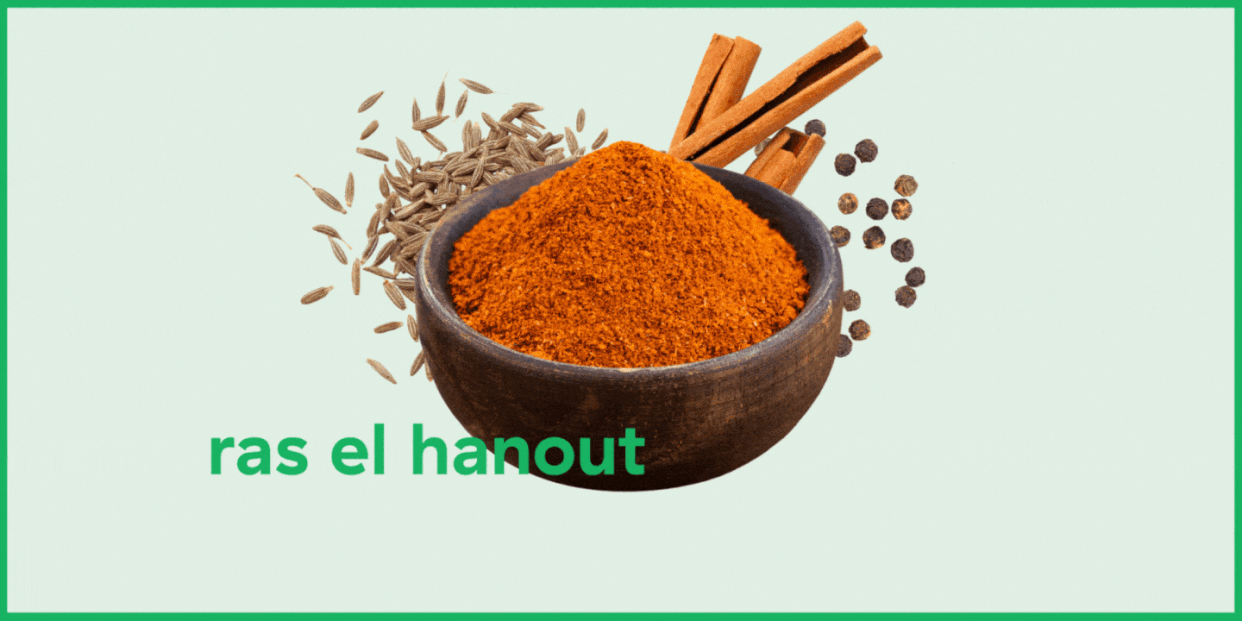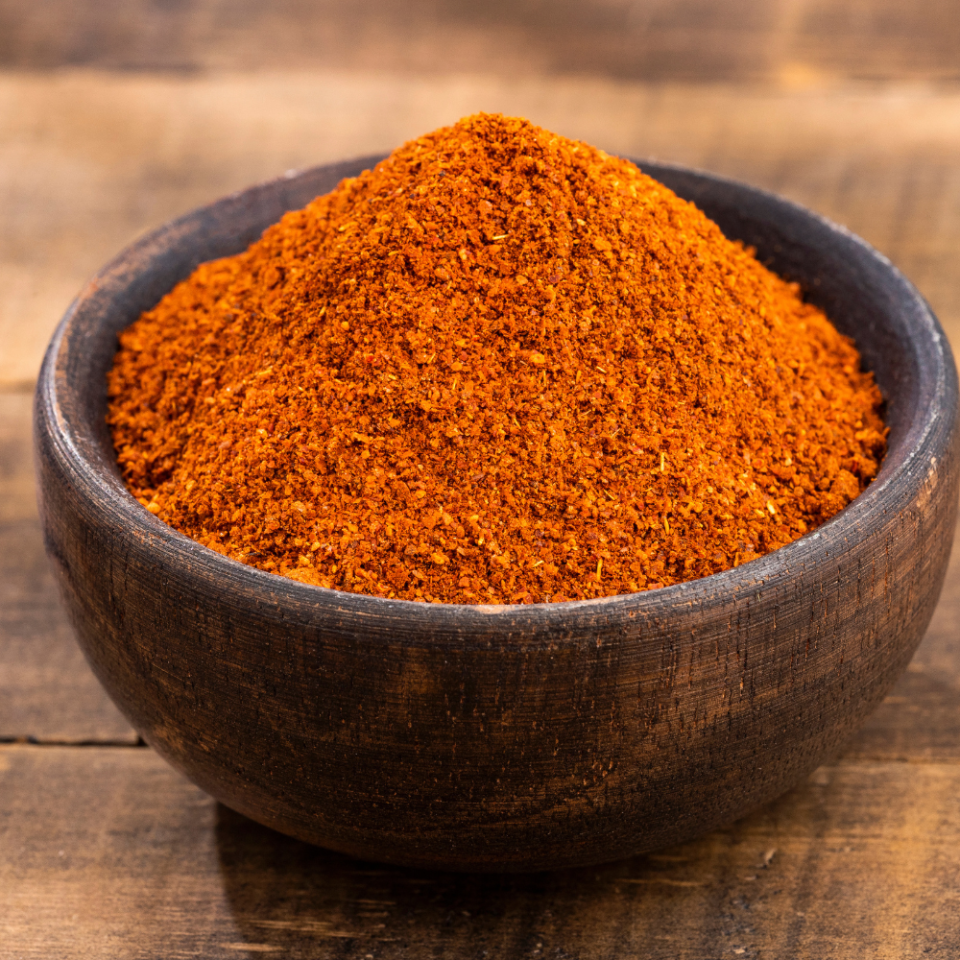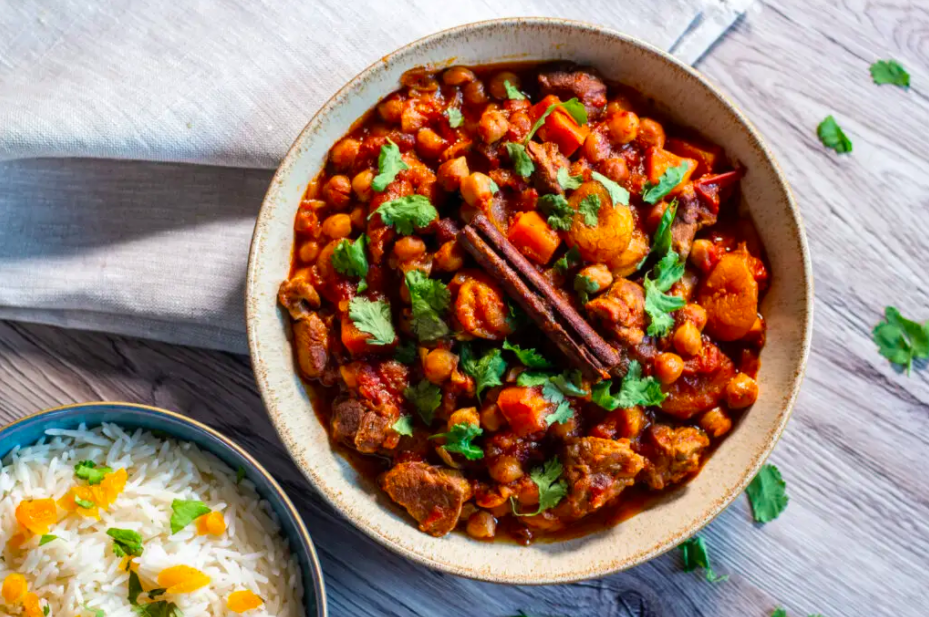Here Are All The Reasons Why We're Loving Ras El Hanout RN

If you’ve ever been to Morocco, you’ll know that ras el hanout is a prized jewel of the country’s cuisine. So much so that the spice mix’s Arabic name, ras el hanout, translates literally as “head of the shop” or “top shelf,” suggesting that it's the best thing the shopkeeper has to offer.
Ras el hanout is essentially the ultimate customisable spice mix - no family or shop’s recipe is the same and it can contain around 30 different spices.
What is ras el hanout?
While ras el hanout is anything but basic, we’ll start with the essentials. Ras el hanout is a spice mix hailing from North Africa, and is most famously found in Morocco, Tunisia and Algeria. It’s also sometimes known as mrouzia spice, as it’s commonly used in a honey and lamb tagine with the same name.
What’s in ras el hanout?
Now there’s a question. Each pot or bag of ras el hanout is completely unique to its maker, with varying levels of heat, fragrance and complexity. The most common spices you’ll see on the label of ras el hanout are cumin, cinnamon, cloves, nutmeg, coriander seed, peppercorns, dried ginger, cardamom, mace, allspice and paprika.

Some mixes contain other spices and ingredients like fenugreek, turmeric, rosebuds, lavender and chillies. While this makes the spice seem elusive, it actually makes it really special, and traditionally it’s only used in occasion-worthy dishes rather than everyday cooking.
While traditional mixes won’t contain ingredients like saffron, garlic, nuts, herbs, salt or sugar, some varieties found in Europe or North America may contain these ingredients, and yours could too if that’s what feels “top shelf” to you.
How is ras el hanout made?
The best examples of this special spice blend are made with whole spices that are then toasted until fragrant and ground down in a pestle and mortar. The quantities of each of the spices included in ras el hanout are completely up to the maker, with spice-lovers throwing more chillies into the mix.
Is ras el hanout spicy?
Ras el hanout can indeed be spicy. If you want to make your mix at home spicier, then adding a little more chilli powder won’t hurt. If you’d rather have a milder mix that’s heavier on the fragrant ingredients, then add a little less chilli.

How to use ras el hanout
Although traditionally ras el hanout is only used for very special dishes, if you love the flavour you can absolutely use it in lots of different recipes. It’s brilliant for making marinades for meat, fish or vegetables when mixed with olive oil, or to make salad dressings with a little extra punch.
It’s the perfect companion for roasted vegetables like sweet potato, aubergine and tomatoes, especially if you’re roasting in bulk for meal prep. You can also use it to spice up soups (just add it to onions after sweating) or stews, as well as in more traditional dishes like tagine, falafel or couscous and rice recipes.
The warming spices and fragrance of ras el hanout also pair perfectly with the earthy, grassy flavour of lamb. Try adding a teaspoon or two into a rub for roast lamb, or creating a marinade for lamb chops, or even sprinkling some on your roasties to accompany a slow-roasted lamb shoulder.


